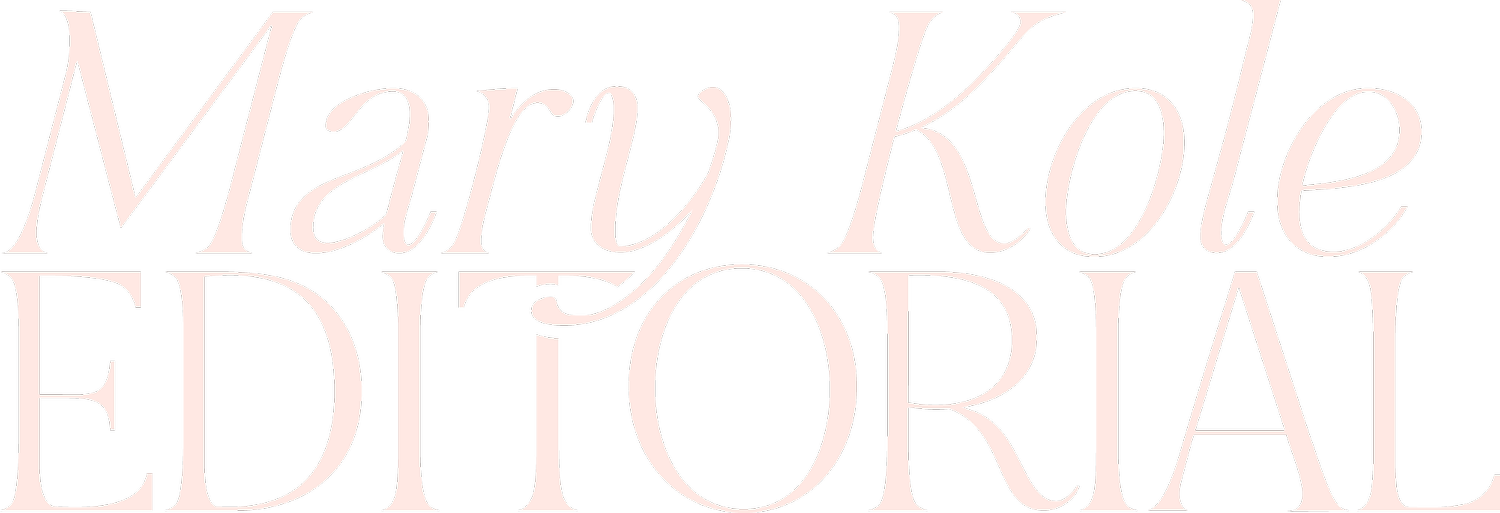Develop Your Protagonist Using the Character Want
By Mary Kole
Mary Kole is a former literary agent, freelance editor, writing teacher, author of Writing Irresistible Kidlit, and IP developer for major publishers, with over a decade in the publishing industry.
Have you ever wondered why some characters stick with us long after we finish a book? What makes for a relatable character, while another protagonist is forgotten? Why certain literary heroes and heroines become cultural icons and household names while others get only writing rejection from a publishing gatekeeper? Well, one of the key elements behind a memorable character is a strong character want. In this article, I’ll delve into what a character want is, this idea’s role in plot and character development, how to craft a character want effectively, and how to avoid common pitfalls. Whether you're writing a romance novel, a thriller, or any other genre, knowing how to create a compelling character want is a must-have addition to your box of writing tools.
What Is a Character Want?
A character want, also known as a character objective, is the driving force behind a character's actions and decisions in a story. A character want should be introduced by the inciting incident in your story structure, and can grow and change over the course of your narrative. Think of it as the end goal that the character is striving to achieve, something they desire more than anything else (even if they're not always consciously aware of it). The characters want can be external (such as winning a competition or finding buried treasure) or internal (such as seeking redemption or self-acceptance).
The character want can also dovetail or act in opposition to the character need, which is what they really should achieve to get a satisfying resolution to the story. These two elements often play in concert with one another, tied together by the character motivation. Regardless of its nature, a character's want is what gives them purpose, defines their arc, and keeps the readers invested in their journey.
The Ingredients of a Satisfying Character Want
So, how do you create a character want that resonates with readers and feels authentic to your story? Here are some key ingredients to include:
It should be specific and concrete: the more tangible the character want, the easier it is for readers to visualize and root for the character. A vague desire like “I want to be happy” is open-ended and subjective. It doesn't pack the same punch as “I want to open my own bakery and prove my ex wrong.”
It should be challenging but attainable: the character want should not be too easy or too impossible to achieve. Readers must believe that it’s possible. It has to be a struggle, but your target audience should feel that it's within reach (even if the character themselves doubts it or has a lot of story obstacles in their way).
It should tie into the theme and genre of your story: the character's want should not exist in a vacuum. It should be connected to the story's underlying message, themes, and genre conventions. For example, in a romcom, the character may want true love, but that want will look very different depending on whether it's a historical, contemporary, or a paranormal romance.
How to Execute a Character Want for Maximum Emotional Impact
Once you have your character's want mapped out, it's time to think about how to execute it in a way that resonates with readers. Here are some tips for how to achieve this kind of character development:
Show, don't tell: don't just have the character state what they want. Show them pursuing it, struggling with it, failing and trying again. Use sensory details, dialogue, and action to bring the want to life, including buttressing it with writing imagery.
Create obstacles and stakes: the character's want should not be easy to obtain. Create obstacles and setbacks that challenge them and make the stakes high. Make the reader care about the outcome, either because they're emotionally invested in the character or because they understand the consequences of failure.
Use the want to reveal character and theme: the character's want should not just be a plot device. Use it to deepen their personality, to explore their flaws and strengths, and to highlight the key themes of the story.
Common Mistakes Writers Make with Character Want
Creating a strong character want is not easy, and mistakes can happen. Here are some pitfalls to avoid:
Making the want too simple or too generic: if the character's want is too easy or too broad, it's hard to engage readers. Make it specific and challenging.
Separating the want from the character's motivation: the character's want should not exist in isolation from their personality, backstory, and desires. It should be rooted in who they are and what they care about.
Making the want and the plot separate: the character's want should not be a detached element that has nothing to do with the story's overall plot arc. The character want should drive the plot, and vice versa.
You’ve now learned the fundamentals of crafting a character want that grips readers, resonates with the story, and reveals the character's full potential. Remember, a character want is not just a goal, it's a journey, and it's up to you to make it an unforgettable one.

Click here to purchase Writing Interiority: Crafting Irresistible Characters, my book on interiority and character creation. Explore your protagonist’s thoughts, feelings, reactions and interpretations, expectations, and inner struggles to create a rich, immersive experience. This guide will empower you to create characters who live and breathe on the page, fostering an unbreakable bond with your audience.



